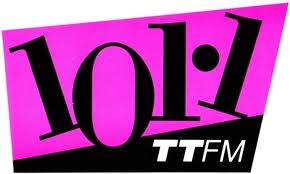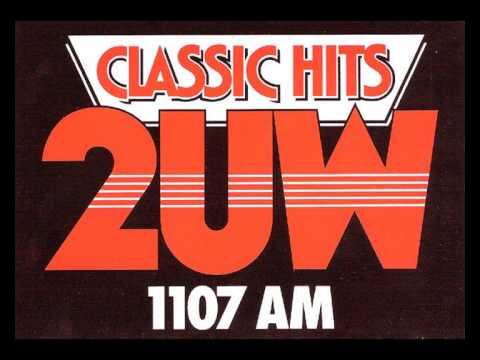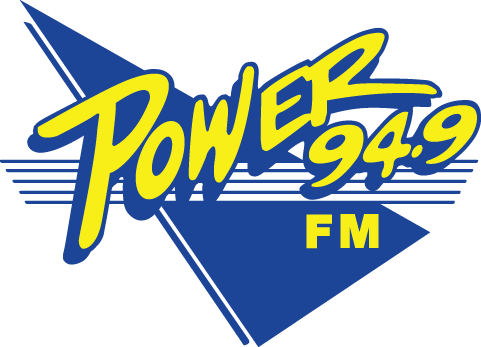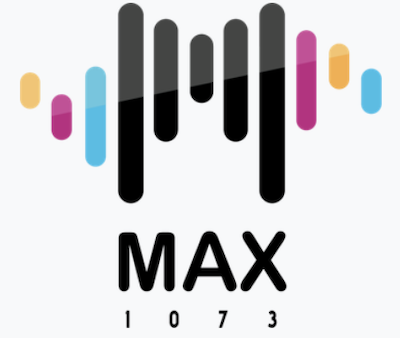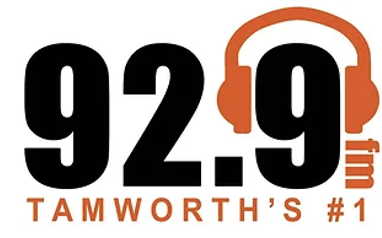The Top 15 Most Successful Changes in Australian Metro FM Radio
Programmers, Management, Boards, and Owners are always looking for ways to increase ratings share and subsequently revenue.
Using research to find new gaps and formats in the market, and studying competitive overseas markets like the US, UK and Europe, in many instances there have been significant changes before a station got to where it is today.
Since FM commercial radio began in 1980 there have been some spectacular successes and failures, as AM stations have converted to FM, formats have been changed, and in some cases stations rebranded.
Here’s the Top 15 major successful changes that have had an impact on today’s metro radio landscape in Australia.
15 |
 |
| Mix Adelaide. Originally was 5DN, later becoming Radio102FM and then was rebranded as X102FM, an Adult Alternative format which failed. The station became Mix after being bought by ARN in the early 2000s. That’s also when the AM was separated from the FM and Cruise 1323, an Easy Listening format was launched in 2005 by ARN GPD Jeremy Miller. |
14 |
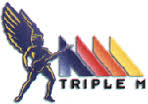 |
| Triple M Adelaide was originally 5KA and then KAFM, an A/C format. Was CHR for a while then moved to Adult Rock and then back to CHR/Top 40. Program Director overseeing the many changes was Phil Dowse |
13 |
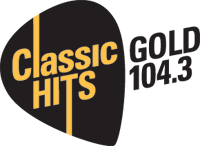 |
| Gold FM was originally 3KZ before moving to KZFM. The station was rebranded Gold 104.3 in 1991 changing from a Hits and Memories format to Classic Hits. |
12 |
 |
| The Edge to Hip Hop. Previously known as OneFM and 96.1. In 2006 ARN launched the first pure Urban format radio station in Australia programmed by Charlie Fox. |
11 |
|
|
| PMFM to 92.9. Originally 6PM and was an AM Top 40 station. It changed to PMFM as a Hot A/C format then changing to 92.9 Top 40/CHR as part of Austereo’s Today Network. Was programmed by current ARN GPD Duncan Campbell. |
10 |
 |
| EON-FM to Triple M Melbourne. EON was Australia’s first commercial FM station, originally an Album Rock format before changing to Top 40 by PD Lee Simon. Was changed to Triple M in the late 80s moving to a Rock format and also changed frequency. |
9 |
 |
| SAFM moving from Rock to CHR. SAFM was a broad rock format from its launch date of 1980 and in the late 90s changed to Top40/CHR. SAFM was originally programmed by programming guru, former Austereo Group PD, Greg Smith. |
8 |
|
|
| TTFM to Mix101.1. Originally AM station 3DB and in 1988 it became 3TT. The station converted to FM two years later and became 101.1 TT-FM and had success as a young CHR format, changing again later to Mix 101.1 Hot A/C format. One of TT’s GM’s was current SCA CEO Rhys Holleran. |
7 |
|
|
| Mix 106.5 started out as 2UW, one of two Sydney AM radio stations to successfully bid to convert to FM. In 1994 it became Mix 106.5. 2UW was a Classic Hits format and changed to Mix a Soft A/C. 2UW was originally programmed by radio legend Ron E Sparx. |
6 |
 |
| Triple M to Rock Sport Comedy. Created by Jeff Allis, Grant Tothill and Dan Bradley. Triple M Melbourne in the late 90s combined its rock music format, comedians and AFL football coverage. It was repositioned and repackaged as Rock, Sport & Comedy. |
5 |
 |
| B105. Originally 4BK was a Classic Hits AM format and in 1990 was launched as FM station B105 playing ‘Nothing but great rock and roll‘ achieving a record ratings share of over 32% and later moved to its current CHR format. |
4 |
 |
| Vega to Smooth Soft AC format. Originally known as Vega then Classic Rock. In 2012 DMG flipped its format to Soft A/C and successfully rebranded to Smooth under the guidance of DMG Group PD Paul Jackson. |
3 |
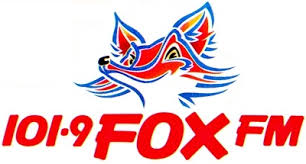 |
| Fox FM went from a contemporary Pop/Rock station to a pure Classic Rock format then found success as a Top40/CHR under Program Director Jeff Allis. PD’s also included Sean Pickwell and stalwart Programmer Brian Ford. |
2 |
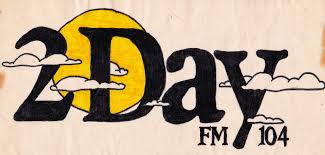 |
| 2Day FM, originally a Soft A/C, programmed by Cherie Romaro, was moved to a Rock format when acquired by Austereo then was flipped to a Dance/Rhythm CHR – truly ahead of its time. Eriks Celmins was the innovative Program Director. |
1 |
 |
| Mix 106.5 to KIIS 106.5. Hot A/C to Top 40/CHR in 2014. The move saw a massive turnaround in ratings, jumping to 10.9% spearheaded by the Kyle and Jackie O breakfast show moving from 2Day FM. |
There are plenty of other examples. At Austereo and later at ARN I’ve worked with all of these stations except Smooth/Vega. There are a lot of stories, ‘expert’ opinions, arguments, anguish, long strategy meetings, consultants, precision planning and great execution from the dedicated teams at these stations to get them to where they now are today.
Let us know here at Radio Today of other successful (or unsuccessful) format changes, brand name changes or conversions from AM to FM.
Not included here was the launch of new start-ups and launches like Nova.
Look forward to your comments and stories.
Brad March is a former CEO of the Austereo Network and is Managing Director of Marchmedia.
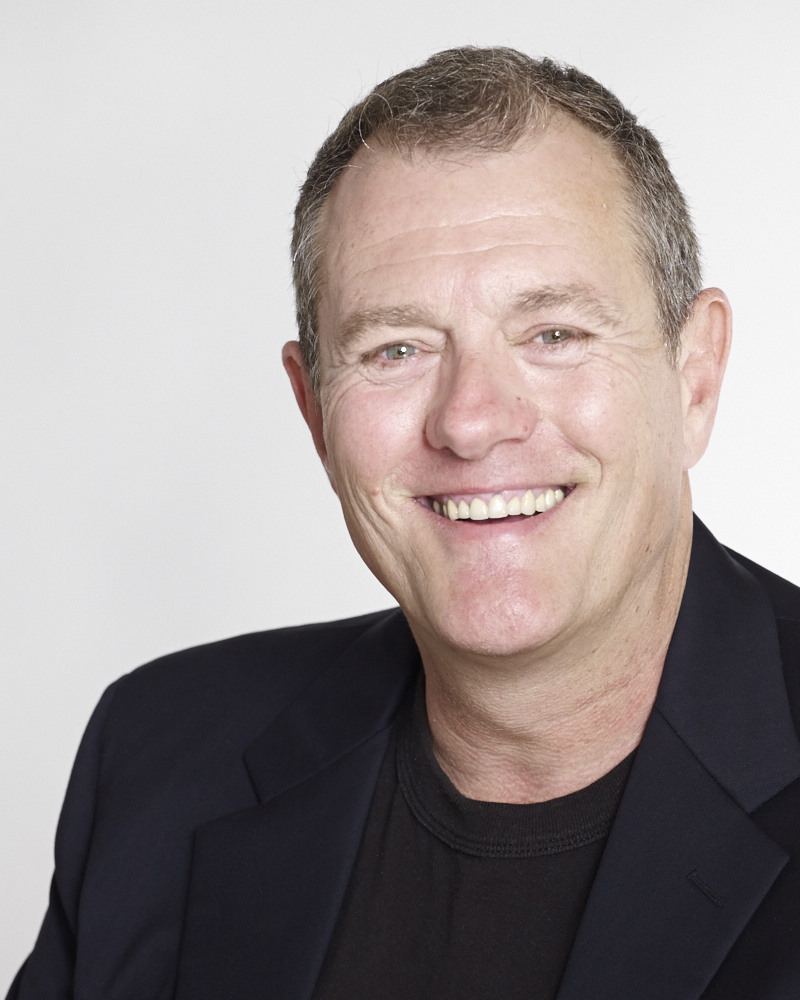 |
 |
 |

